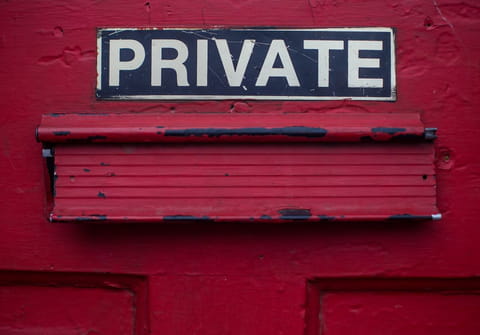How to fix a 403 forbidden error: definition, solutions

Almost everyone has once encountered a white web browser page with a 403 forbidden error saying that you are not allowed to visit this page. If you are wondering what it means and how you can fix error 403, don't worry, there are solutions we explain to you below.
What is a 403 error?
Like any other web page error, such as Error 404 Page Not Found Forbidden Error has an HTTP status code, which is 403, that’s why it has this number. However, it can look different on various websites: you can see an “HTTP 403 error“, “403 Forbidden“, or “Forbidden: You don’t have permission to access this directory on this server“, etc.
What does Forbidden Error mean? Basically, you don’t have permission to access this website.
It is usually linked to one of two reasons: either the owners of the web server didn’t give you access to the website, or you can access the website because its owners haven’t set the permissions properly.
How to fix a 403 error?
Often, when this error appears, it means that you are simply not allowed to access this server due to its private usage, geographical restrictions, or other reasons. Although, there are some tricks you can try to do to access the website.
Refresh the webpage
Might sound silly, but sometimes it works: simply refresh the page by pressing the Ctrl+R on Windows or Cmd+R on Mac or by clicking on the refresh button in the address bar.
Check the web address
Make sure you typed your URL the right way. Sometimes, the 403 error appears when you look for a directory and not a webpage. So, check if your URL ends with .com, .php, .org, .html, and not with a slash (“/”).
Check if the website is password protected
Sometimes websites are password protected and require you to log in. If you visited this website already and have a login and a password, try to go to its homepage and log in. Then you can retry to access the desired page.
Sometimes the page with the error can be cached in your browser and continue to appear, even though the URL has changed. To clear the cache of your Chrome browser, go to the Tools menu and select Options. Then, choose Clear browsing data > Clear browsing history. Finally, choose the period of time for which you’d like your cache to be deleted and click on Clear browsing history.
You can also read our guide about how to clear a web browser’s cookies and cache if you use other web browsers.
Check with your ISP
If you have noticed that the website works perfectly fine for everyone, except for you, then there might be a problem with the public IP address from your ISP. It could simply be blocked. In this case, we advise you to contact them directly and ask to help with accessing the page.
Contact the website
If you are sure that you should be able to access this webpage, try to contact its owners directly via the email address or contact form on the website.

